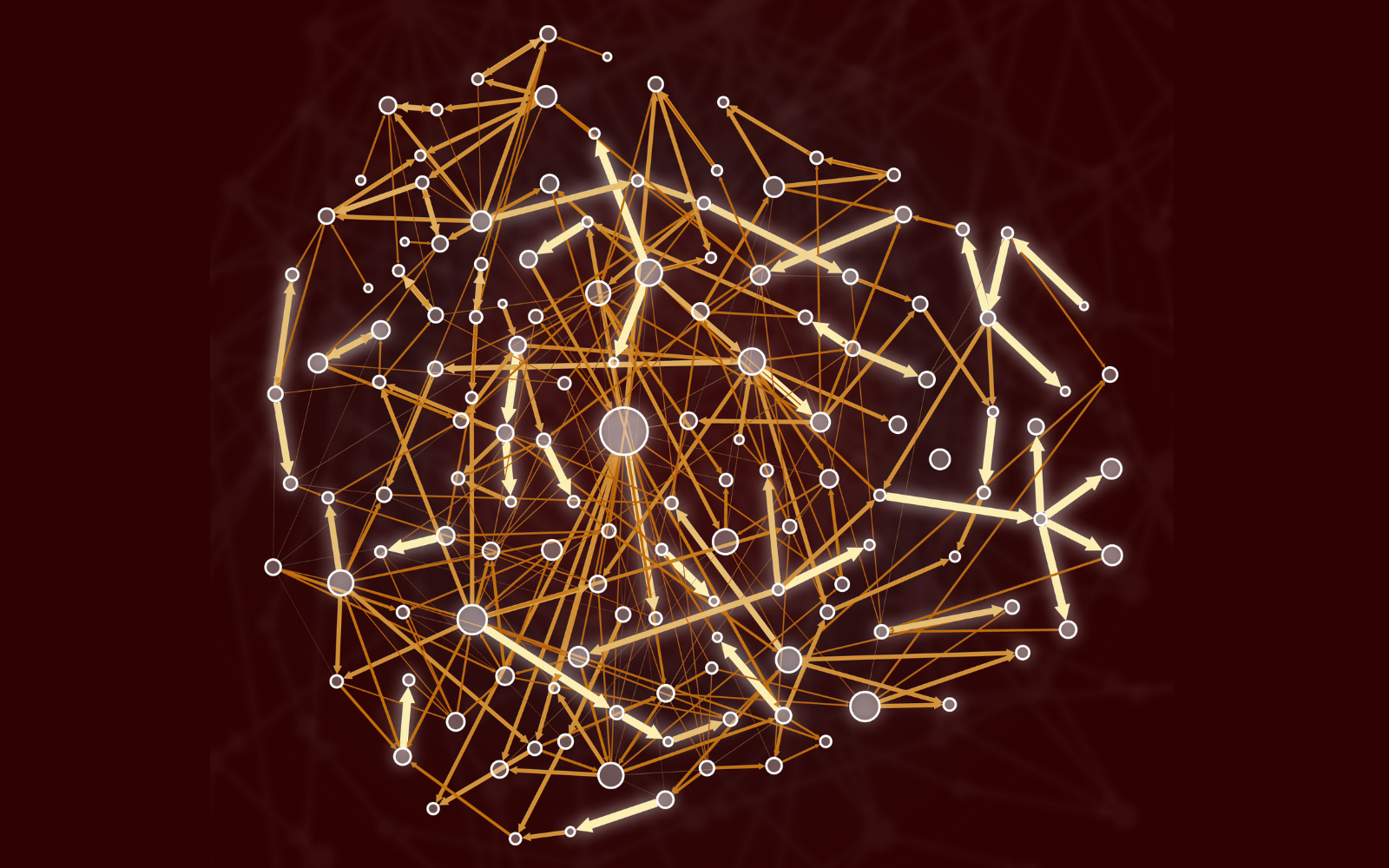Uncovering the “master switches” of biochemical networks can explain the effects of drugs in the destruction of cancer cells

When applied to computational models of cancer cells, a recently developed methodology reveals why some medications are more effective than others in killing breast cancer cells. The work results from an international collaborative effort, involving researchers from Portugal and the United States, and allowed the development of a mathematical framework that increases the ability to explain and control biochemical systems, including those involved in disease. The study published and highlighted in the cover of Proceedings of the National Academy of Sciences (PNAS) introduces the effective graph framework that captures the redundancy present in biochemical networks, identifying the components needed to control the cell.
The team of researchers analysed a large battery of biochemical networks, some involved in human disease, others in well-known biological processes across organisms. A total of 78 computational models demonstrates that redundant pathways are prevalent in models of biochemical regulation and that the effective graph can provide a precise characterization of their dynamics and an accurate explanation of how perturbation and control signals propagate in biochemical pathways. “The basic idea is very simple: some interactions are much more important than others. Given a biological model, we identify genetic ‘master switches’ which render many of the other known interactions redundant. This allows us to identify prominent pathways that effectively control biochemical regulation and signalling”, explains Alexander Gates, first author of the study. “This means that although a certain cellular component, say a protein, may be potentially regulated by many other components, in the dynamics of the cell it is only regulated by a very small number of those. This massive redundancy is likely in place to make biological organisms resilient to random perturbations while facilitating phenotypic regulation”, adds Luís Rocha, leader of the project and IGC principal investigator and professor of Informatics at Luddy School of Informatics, Computing and Engineering.
“A surprising consequence is that these pathways can change in the presence of drugs, altering which molecular interactions act as ‘master switches’”, reveals Alexander Gates. To demonstrate the utility of the effective graph, the authors highlight two models: one referring to the plant Arabidopsis thaliana, a widely used model organism, and another representing breast cancer cells. Their findings reveal one master-regulator of flower development, that controls most of the plant’s network, and why some inhibitory drugs are more effective at killing breast cancer cells than others.
“Our ultimate goal is to be able to identify genes and other molecular elements that can revert a diseased cell, especially cancer cells, to a healthy state. We have been working on using complex networks and systems methods to design and study systems biology models, focusing on understanding how to control them. This agenda includes developing artificial intelligence, machine learning, dynamical systems, and network science methods that can be used at all levels of this process: from inferring networks of biochemical regulation and signalling from experimental data to synthesizing such data into networks and their subsequent analysis”, reveals Rion Brattig Correia, complex networks and digital medicine expert form the team at Instituto Gulbenkian de Ciência.
This study was developed in collaboration at Instituto Gulbenkian de Ciência, in Portugal, Luddy School of Informatics, Computing and Engineering, in Indiana, USA, and Northeastern University, in Massachusetts, USA.
Read Press Release
